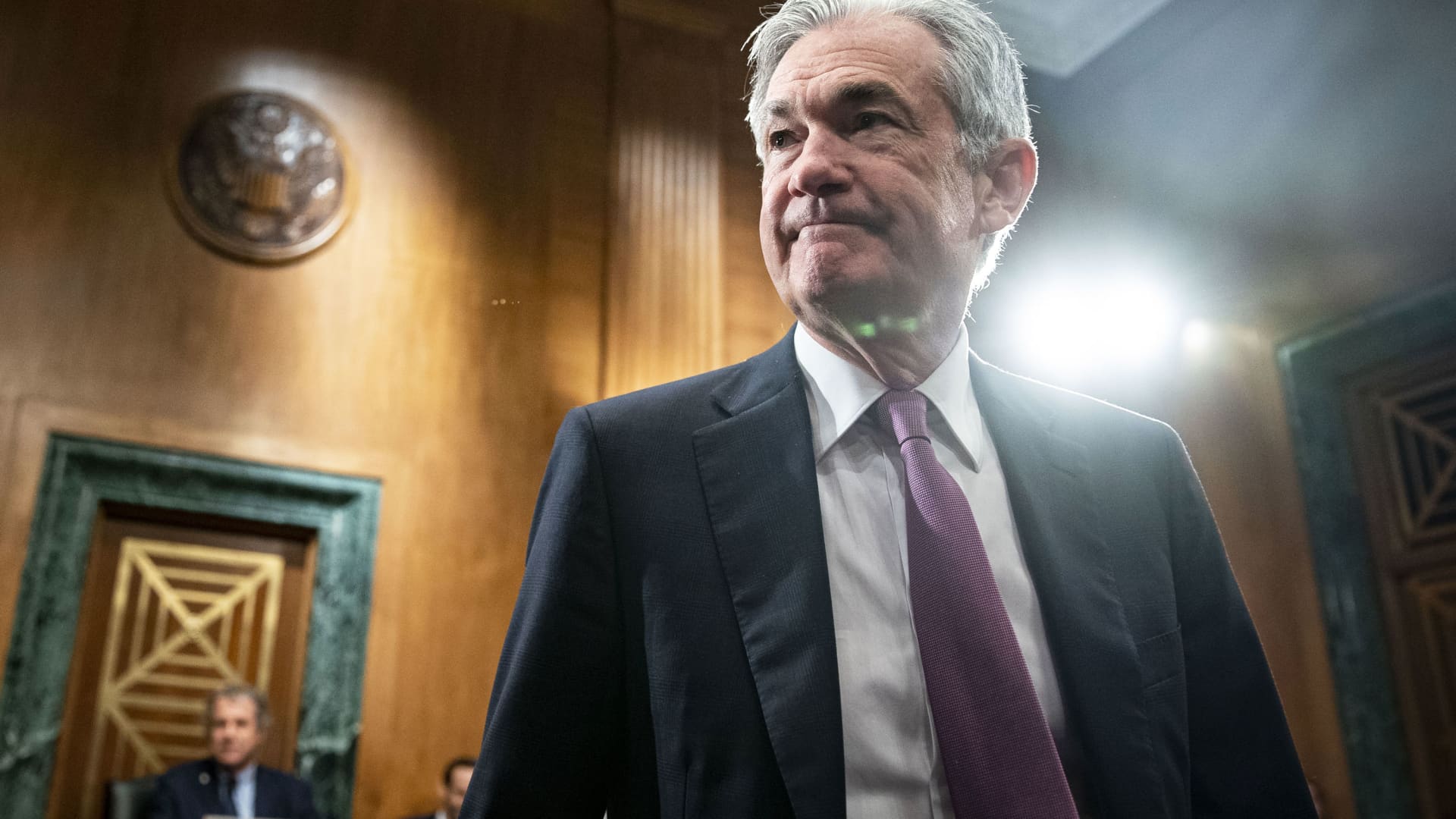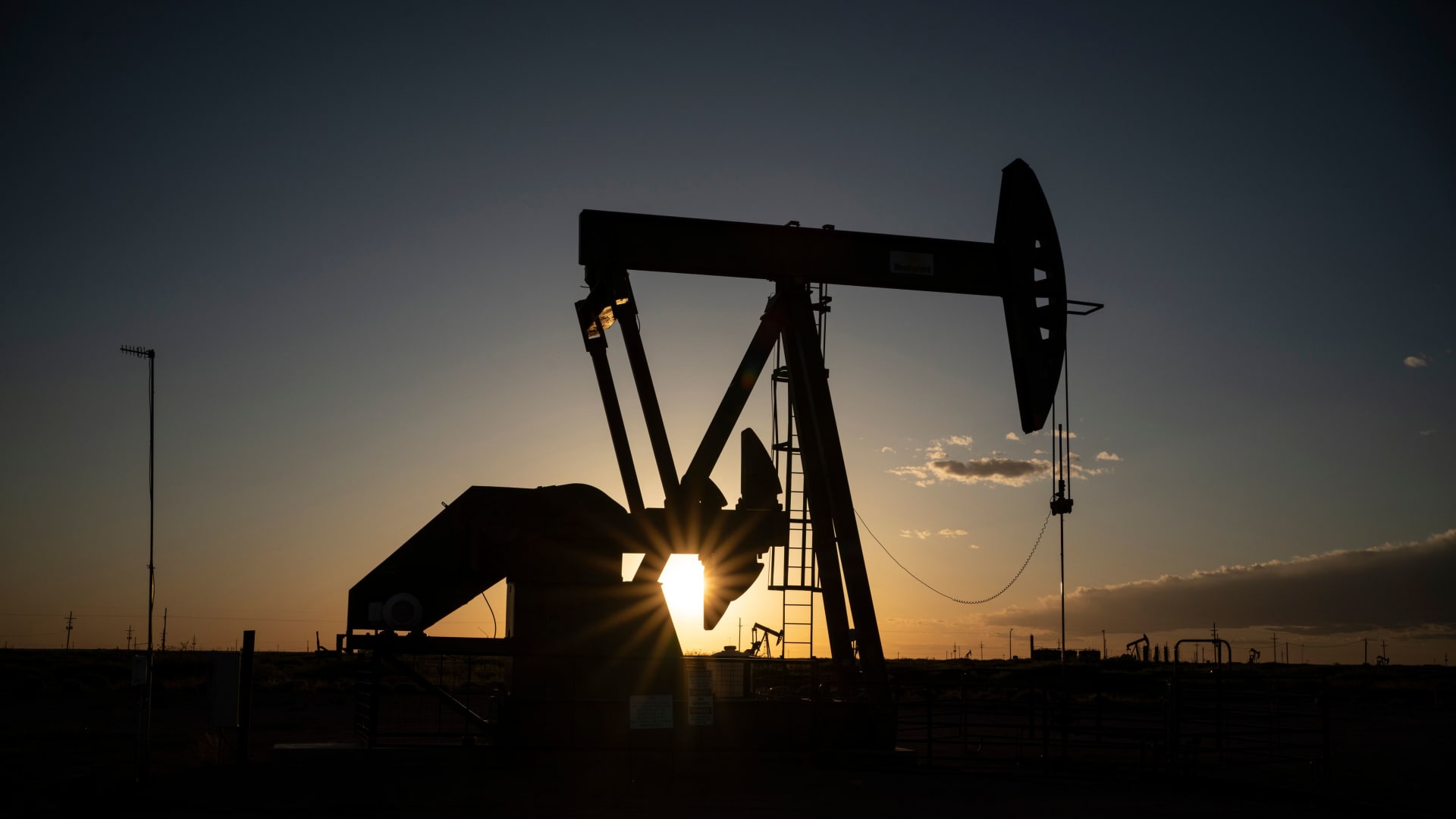
Here are the most important news, trends and analysis that investors need to start their trading day:
- Stock futures rise ahead of Fed chief Powell's speech
- Inflation gauge that the Fed likes saw biggest jump since 1990s
- Oil climbs as storm approaches Gulf of Mexico production hub
- U.S., allies warn more terrorist attacks likely in Afghanistan
- Covid cases in U.S. show signs of slowing, even as deaths surge again
1. Stock futures rise ahead of Fed chief Powell's speech
Feeling out of the loop? We'll catch you up on the Chicago news you need to know. Sign up for the weekly Chicago Catch-Up newsletter here.
U.S. stock futures rose ahead of Federal Reserve Chairman Jerome Powell's speech Friday morning at the central bank's annual economic summit, held virtually for a second year due to Covid. One day after record closes, the S&P 500 and Nasdaq on Thursday snapped five-session winning streaks. The Dow also declined, ending four straight sessions of gains and moving the 30-stock average more than 1% away from last week's record close. Ahead of Friday's open, all three benchmarks were tracking for weekly and monthly gains. Bond yields were steady ahead of Powell's address and before-the-bell economic data.
2. Inflation gauge that the Fed likes saw biggest jump since 1990s

The Fed's favorite inflation gauge came in hot. The July personal consumption expenditures price index rose 4.2% from a year ago. July's core PCE, which excludes food and energy prices, rose 3.6% year over year, the highest in decades. Rising inflation has been a concern in markets. Powell has said in the past that while prices pressures are mounting, they're transitory. A number of Fed officials speak Friday before and after Powell's 10 a.m. ET. speech. Investors hope the chairman provides guidance on when central bankers might consider tapering pandemic-era bond purchases.
Money Report
3. Oil climbs as storm approaches Gulf of Mexico production hub

U.S. oil prices, on track for strong weekly gains, rose 2% early Friday on concerns about near-term supply disruptions as energy companies began shutting down production in the Gulf of Mexico ahead of a potential hurricane forecast to hit this weekend. Gulf of Mexico offshore wells account for 17% of U.S. crude oil production. More than 45% of total U.S. refining capacity lies along the Gulf Coast. Any moves in the dollar on Powell's speech could impact oil prices.
4. U.S., allies warn more terrorist attacks likely in Afghanistan

The U.S. and its allies have warned that more terrorist attacks in Kabul are likely, as Tuesday's deadline for military withdrawal from Afghanistan draws near. Two suicide bombers struck on Thursday near Hamid Karzai International Airport in Kabul, where thousands of people are still hoping to be evacuated following the Taliban's takeover of the country. Thirteen U.S. servicemembers were among the more than 100 killed in the attacks. President Joe Biden vowed on Thursday to complete the evacuations and hunt down leaders of ISIS-K, which claimed responsibility for the bombings.
5. Covid cases in U.S. show signs of slowing, even as deaths surge again
New daily Covid cases are still on the rise in the U.S., climbing to their highest levels since January to a seven-day average of nearly 156,000. That's a 10% increase from the prior week. The seven-day average of daily new Covid deaths was 1,194. That's 39% higher than the prior week.

The pace of infections, however, is showing signs of slowing, especially in some states hit hardest by the delta variant. The U.S. has seen a handful of case peaks throughout the pandemic. They peaked at a seven-day average of 251,000 per day in January. The curve in nationwide hospitalizations may be also bending as growth in admissions appears to be slowing.
— Reuters and the Associated Press contributed to this report. Follow all the market action like a pro on CNBC Pro. Get the latest on the pandemic with CNBC's coronavirus coverage.






